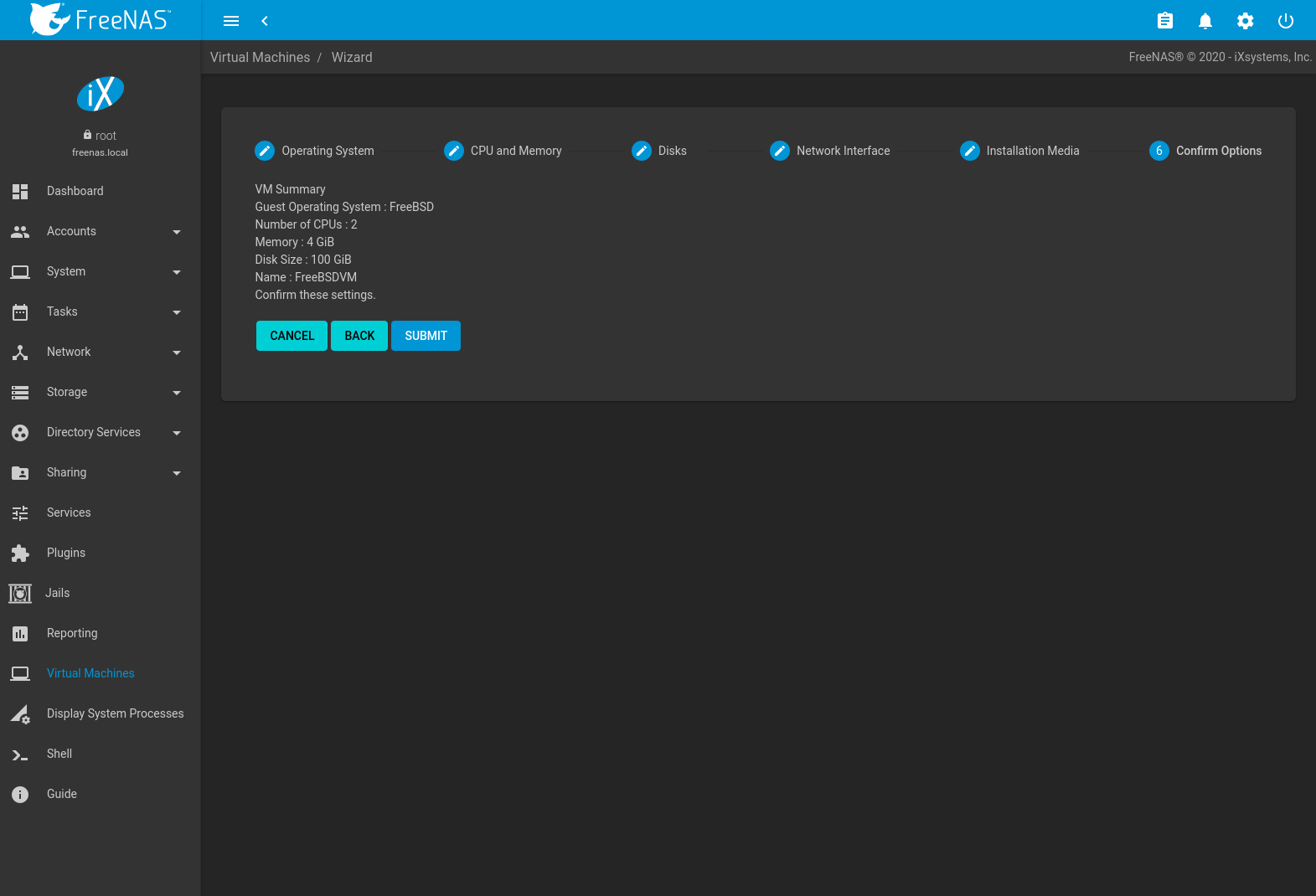An account on Docker Hub if you wish to create your own images and push them to Docker Hub, as shown in Steps 7 and 8; Step 1 — Installing Docker. The Docker installation package available in the official Ubuntu 16.04 repository may not be the latest version. To get this latest version, install Docker from the official Docker repository.
Details about how to use Kong in Docker can be found on the DockerHub repository hosting the image: kong. We also have a Docker Compose template with built-in orchestration and scalability.
Docker Installation In Linux Step By Step
This step-by-step guide will help you get started developing with remote containers by setting up Docker Desktop for Windows with WSL 2 (Windows Subsystem for Linux, version 2). Docker Desktop for Windows is available for free and provides a development environment for building, shipping, and running dockerized apps. Step 4 − If you scroll down on the same page, you can see the Docker pull command. This will be used to download the Jenkins Image onto the local Ubuntu server. Step 5 − Now go to the Ubuntu server and run the command − sudo docker pull jenkins Step 6 − To understand what ports are exposed by the container, you should use the Docker.
With a Database
Here is a quick example showing how to connect a Kong container to a Cassandra or PostgreSQL container.
Create a Docker network
You will need to create a custom network to allow the containers to discover and communicate with each other. In this example
kong-netis the network name, you can use any name.Start your database
If you wish to use a Cassandra container:
If you wish to use a PostgreSQL container:
Prepare your database
Run the migrations with an ephemeral Kong container:
In the above example, both Cassandra and PostgreSQL are configured, but you should update the
KONG_DATABASEenvironment variable with eithercassandraorpostgres.Note for Kong < 0.15: with Kong versions below 0.15 (up to 0.14), use the
upsub-command instead ofbootstrap. Also note that with Kong < 0.15, migrations should never be run concurrently; only one Kong node should be performing migrations at a time. This limitation is lifted for Kong 0.15, 1.0, and above.Start Kong
When the migrations have run and your database is ready, start a Kong container that will connect to your database container, just like the ephemeral migrations container:
Use Kong
Kong is running:
Quickly learn how to use Kong with the 5-minute Quickstart.
DB-less mode
The steps involved in starting Kong in DB-less mode are the following:
Create a Docker network
This is the same as in the Pg/Cassandra guide. We’re also using
kong-netas the network name and it can also be changed to something else.This step is not strictly needed for running Kong in DB-less mode, but it is a good precaution in case you want to add other things in the future (like a rate-limiting plugin backed up by a Redis cluster).
Create a Docker volume
For the purposes of this guide, a Docker Volume is a folder inside the host machine which can be mapped into a folder in the container. Volumes have a name. In this case we’re going to name ours
kong-volYou should be able to inspect the volume now:
The result should be similar to this:
Notice the
MountPointentry. We will need that path in the next step.Prepare your declarative configuration file
The syntax and properties are described on the Declarative Configuration Format guide.
Add whatever core entities (Services, Routes, Plugins, Consumers, etc) you need there.
On this guide we’ll assume you named it
kong.yml.Save it inside the
MountPointpath mentioned in the previous step. In the case of this guide, that would be/var/lib/docker/volumes/kong-vol/_data/kong.ymlStart Kong in DB-less mode
Although it’s possible to start the Kong container with just
KONG_DATABASE=off, it is usuallydesirable to also include the declarative configuration file as a parameter via theKONG_DECLARATIVE_CONFIGvariable name. In order to do this, we need to make the file“visible” from within the container. We achieve this with the-vflag, which mapsthekong-volvolume to the/usr/local/kong/declarativefolder in the container.Use Kong
Kong should be running and it should contain some of the entities added in kong.yml:
For example, get a list of services:
Follow Up:

Docker Installation In Linux Step By Step Ladder
